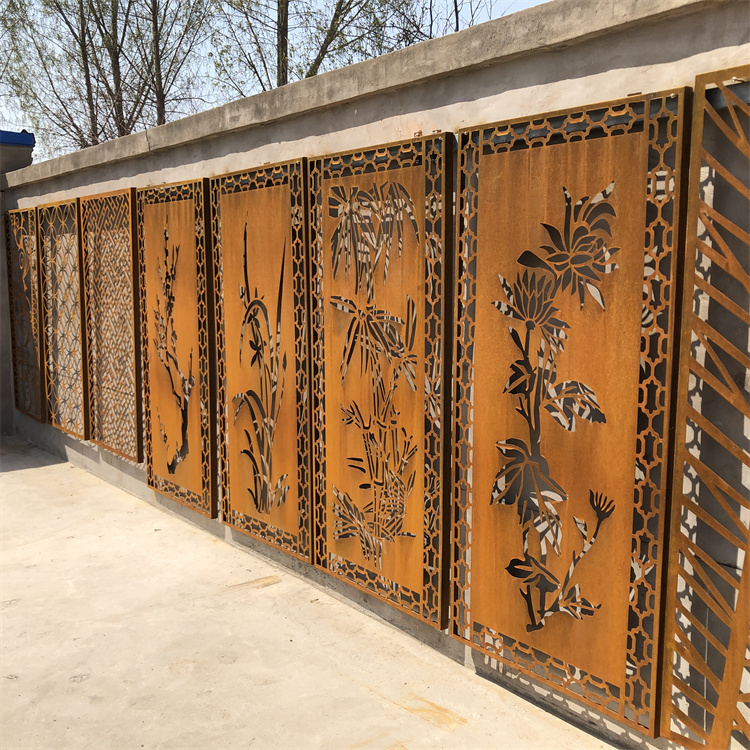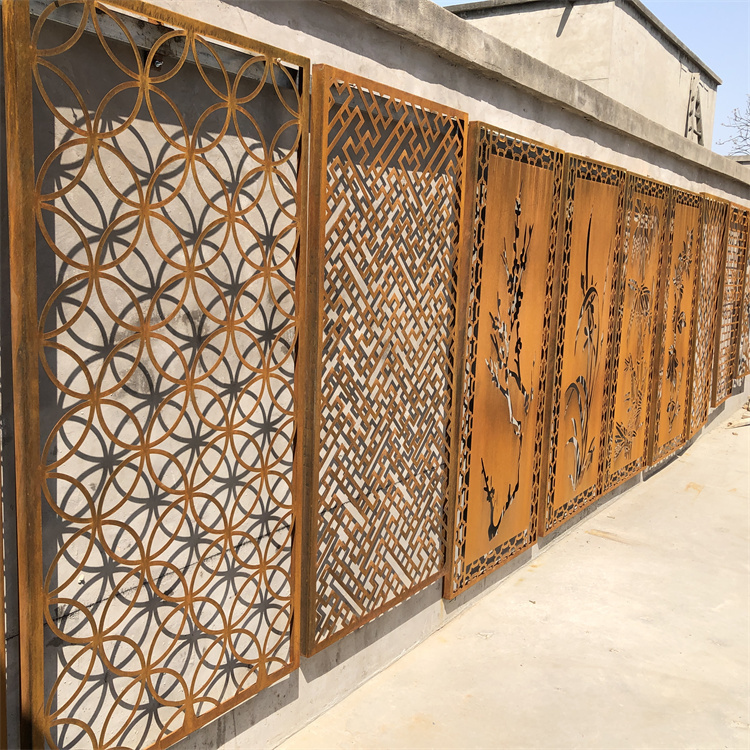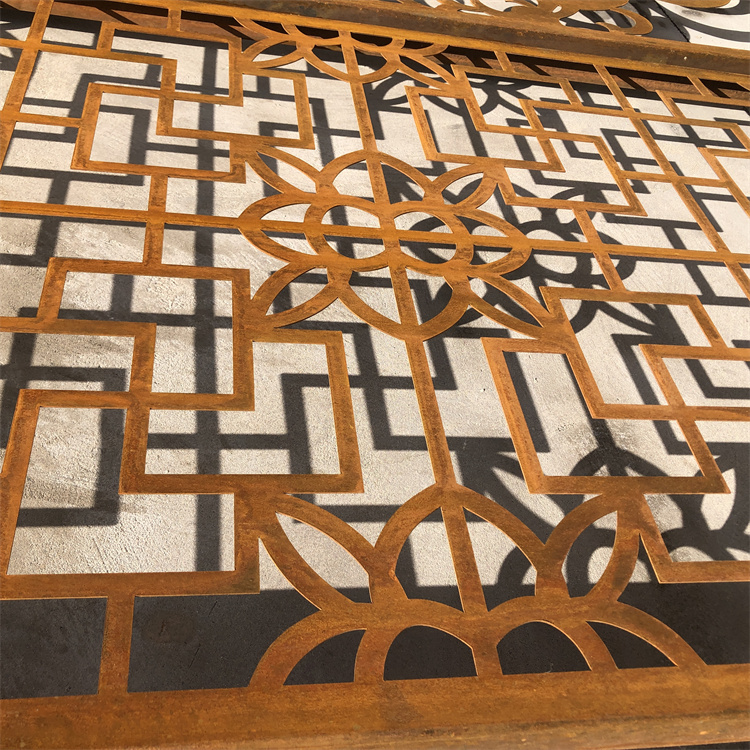The failure of water and ink bars in the printing process of offset presses is a more difficult problem for operators, especially for small book printing plants. Due to long-term overload operation and improper maintenance, the phenomenon of water and ink sticks is more prominent than high-speed machines. Based on the years of work experience of the older generation of printing workers, the phenomenon of water and ink sticks appears in practical operation. Some simple analysis is made for the reference of the operators of the printing plant.
Generally speaking, water and ink sticks appear in offset presses, which are caused not only by mechanical wear, but also by improper adjustment. After the appearance of water and ink bars, we should find the reasons from various aspects, carefully analyze them, and distinguish between ink bars and water bars. We know that the ink bar is irregular or regular dark linear stripes on a certain printing surface or graphics, and the width is about 5 to 8mm, and the dots are enlarged; the water bar is a certain printing surface. The text appears irregularly reduced light-colored linear stripes. Whether it is a water bar or an ink bar, it will directly affect the product quality. Therefore, the operator should understand and master the main cause of the lever in order to solve it in time.
1. Ink bar due to severe wear of the roller gear. During the use of the machine, oil stains, paper scraps, and ink stains often penetrate into the teeth, and they accumulate for a long time, and the phenomenon of top teeth appears. The pressure between the plate cylinder and the rubber cylinder is too large, the gear gap is too small, and the gears cannot be accurately meshed with each other, that is, jitter occurs during printing, and a large sliding friction occurs on the surface of the cylinder. At this time, an ink bar with the same pitch as the gear may appear on the printing plate. The dots or graphics on the printing plate are easily damaged, and the printing resistance is reduced.
2. Ink bars due to excessive pressure between the rollers. Many factories do not do a good job in machine Sanping, which seriously affects product quality. Especially when the operator who has been operating for a long time blindly increased the pressure, he did not measure carefully when changing the blanket or plate pad, and the vibration sound was clearly heard during the imprinting. We know that under normal pressure, the compression between the plate cylinder and the rubber cylinder does not exceed 0.1-0.15mm, and the compression between the rubber cylinder and the impression cylinder does not exceed 0.15-0.2mm. If the liner paper is added at will, the pressure will be too large. , It is easy to produce ink sticks.
3. Ink bar produced by tipping bucket impact. The tipping bucket on the imprint cylinder of the machine has a large force generated by the instantaneous vibration when gripping the paper. At this time, the cylinder is prone to instantaneous speed change, and the forces on the gears next to the hitting bolt on the cylinder are also the largest. Produce ink sticks. The position of the ink bar that appears on the printed sheet is generally fixed at 7 to 8 mm from the gripper. When this happens, you should replace the tipping bucket and bumper, change the position of the gear, stagger the worn teeth, and loosen the spring force on the tipping bucket a little to avoid excessive vibration and reduce wear.
4. Incorrect sorting of rubber rollers causes ink sticks. Generally, there are four inking rollers in machine 01, and their diameters are different. The purpose is to avoid the generation of ink sticks. For example, the four inking rollers with diameters of 81, 77, 76, and 79 mm should be arranged with diameters of 81, 77, 76, and 79 mm from the front. If the rubber roller is installed incorrectly or the pressure is not adjusted properly, ink sticks are likely to occur.
5. Ink sticks caused by excessive pressure between the rubber rollers or the ink rollers on the plate. When adjusting the pressure of the ink roller, not only the pressure of the ink roller and the plate should be carefully adjusted, but also the pressure between the ink rollers should be uniform. If the width of the indentation exceeds 6mm on one side, the ink bar is often generated on one side. Some small factories use the 01 machine to print books and periodicals, and the rubber rollers are not scraped frequently. The rubber rollers are prone to aging and hardening, and the friction force to the printing plate is increased. A more obvious ink bar is produced. Therefore, when adjusting the pressure of the inking roller to the plate, it is necessary to arrange the inking roller according to the order of the inking roller, and the width of the ink mark on the printing plate is 5, 5 and 4 mm, and the two ends are parallel .
6. Ink bumps caused by wear of bridge gears. The two bridge gears of the squeegee roller are equipped with an eccentric device. After proper adjustment, the screws must be tightened, leaving a certain gap. Noise will occur when overtightening, if the lubrication is not in place, and there will be dirt and oil between the teeth, it will cause serious wear of the gears, resulting in inaccurate gear meshing, jittering of the ink roller, and obvious ink sticks on the printing plate.
7. Ink sticks caused by rubber aging and hardening. In printing plants that focus on book printing, if the operator of the offset printing machine does not wash the rubber rollers frequently, the ink will accumulate on the rubber rollers for a long time, and the dust in the paper will penetrate the surface of the rubber rollers. The luminescence becomes hard, the ink leveling performance of the rubber roller is reduced, and an obvious ink bar is produced. If the aging of the rubber roller is not serious, but a bright film is formed on the surface, you can remove the rubber roller and gently rub the surface with pumice powder to completely remove the surface ink skin, and the ink bar will disappear or lighten. If the rubber roller is severely aged and has no elasticity, the rubber rollers will slip during operation, and the rubber rollers must be replaced.
8. Ink bars generated by vibration. The gap of the machine drum is large, and the pressure between any two drums continuously disappears at the gap during operation, and appears at the entrance. The impact of the drum in and out forms a source of vibration, especially the vibration caused by the impact of the tipping bucket. Therefore, the existence of the vibration source of the offset press is the main reason for the vibration bar. When the machine is running normally, these vibration sources instantaneously destroy the uniform rotation between the rollers. Once the vibration bar is found, the vibration source should be found first, and the symptom of the lower ring will change from complicated to simple.
9. Ink sticks caused by excessive printing pressure between plate cylinder and rubber cylinder, and between rubber cylinder and impression cylinder. In theory, most require the width of the mark between the plate cylinder and the rubber stamp to be 4 to 6 mm, and the width of the mark between the rubber cylinder and the impression cylinder to 5 to 7 mm, but after the operator adjusts the center distance accurately, the liner ring The amount is not accurate, and it is found that the imprint is not real, and she randomly adds liner paper. Sometimes the blanket is not stretched tightly. When the pressure is high, she will hurry back, and there will be an ink bar like a washboard on the blanket.
10. Ink sticks caused by other reasons. If the ink is too thin and has a low viscosity, the ink bar will be easy to get out. The ink bar will be easy to get out when printing on the ground or network cable, and the blue ink will be easy to get out the ink stick in the dark ink; the uneven thickness of the pad and the poor quality of the blanket will make the ink stick out. .
11. The water bar is also called the white bar. The water bar produced on the low-speed machine is generally caused by the high contact pressure of the water roller to the printing plate. Its characteristic is that the printing plate shines at the mouth of the plate and there is a fixed bar. The water supply mechanism of the offset press is controlled by a cam, and the water transfer is at the empty position of the plate cylinder. The position of the water transfer roller control cam and the contact time of the plate should be adjusted properly, and the appropriate pressure should be used. Generally, the machine has two water rolls, as long as the adjustment is good, only one water roll is needed. It is observed that the following one is generally used, but when changing the water roller, the operator points the machine to the neutral position and prys out the water roller with a crowbar. In this way, the water roller bracket is easy to loosen or cause the water roller to deform, so the above one is still used. The root is more suitable to prevent the occurrence of water bars.
12. In the production, we also found that when the pressure between the inking roller and the inking roller is light, the water bar will be generated. This is because the pressure between the ink rollers is too light, and the ink cannot be uniformly transmitted on the rubber roller, and floats on the rubber roller. When the water and ink are not balanced, the ink emulsification is caused by the thickening of the ink layer on the surface of the rubber roller, and water bars are prone to appear on the printed sheet.
13. Water bar caused by excessive vibration of the water roller swing frame. The water roller swing frame of the machine is controlled by the cam, and the cam is worn for a long time after the machine is used. There is a jump at the neutral position, and the water bar is more obvious. Most of the water bars appear when printing about 5,000 sheets, and the printing plate's resistance to printing is reduced.
14. The water roller cover is of poor quality, partially uneven, the water roller is not tightly packed, the ends are loose and tight in the middle, the water supply is uneven or the water volume is too large, and water bars are likely to appear at the two lines before the mouth.
In short, when the ink bar appears on the machine you are operating, it must be analyzed from various aspects and clarified step by step. As long as it is handled properly, it will be resolved satisfactorily.
Corten Steel Metal Garden Screens
Our designs and screens can have a variety of applications across your exterior landscape and outside living spaces,
Today`s trend towards infill modern housing can put you very close to your neighbours. With our screen panel you can create privacy in your BBQ or Spa pool areas. Or replace the traditional wooden fence palings with artistic and interesting design elements with designs from our range. Alternatively you can work with us to create a custom design or set of designs entirely your own.
The corten steel screen panel, perfect for garden and park . Different sizes and model can be made according to different demand
Normal size 900*2*1800mm,color will be rusty red.
Customized is acceptable, can in different color and different size.
It can be hung on the wall or fixed to the ground
| Name |
Corten Steel Metal Garden Screens |
| Material | Corten steel |
| Size | 900*1800mm |
| Steel thickness | 2mm |
| Packing | Pallet |



Packing
Packing will by pallet
Wall Screen Panels,Room Divider Screen,Room Divider Panels,Wall Divider Panels
Henan Jinbailai Industrial Co.,Ltd , https://www.designsteelart.com